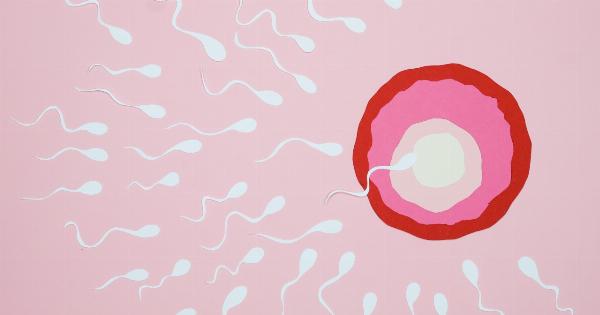In vitro fertilization (IVF) is a type of assisted reproductive technology (ART) where eggs and sperm are fertilized outside of the body in a laboratory dish. The fertilized egg(s) is then transferred into the uterus in hopes of a successful pregnancy.
Why is IVF Used?
IVF is used in cases where normal conception is not possible, including:.
- Blocked fallopian tubes
- Low sperm count
- Endometriosis
- Ovulation issues
- Unexplained infertility
Additionally, IVF can be an option for individuals or couples who have a higher risk of passing on a genetic disorder to their child.
How is IVF Performed?
The IVF process involves several steps:.
- Ovarian stimulation – medication is used to increase the number of eggs produced by the ovaries.
- Egg retrieval – the eggs are collected from the ovaries using ultrasound-guided aspiration.
- Sperm collection – semen is collected from the male partner or a sperm donor.
- Insemination – the eggs and sperm are combined in a laboratory dish and left to fertilize for several days.
- Embryo transfer – the fertilized eggs, now embryos, are transferred into the uterus using a catheter.
IVF Success Rates
The success rates of IVF vary widely and depend on various factors, including age, cause of infertility, and previous attempts at IVF. The average success rate for women under the age of 35 is roughly 40-45%, but this rate decreases with age.
It is important to discuss success rates with your healthcare provider before beginning the process.
IVF Risks and Side Effects
Like any medical procedure, IVF carries risks and potential side effects. These include:.
- Mood swings
- Abdominal pain
- Bloating
- Reaction to medication
- Multiple pregnancies (twins, triplets) due to the transfer of multiple embryos
- Ectopic pregnancy (pregnancy outside the uterus)
- Birth defects (some studies have suggested a slightly higher risk of certain birth defects in IVF pregnancies)
Alternatives to IVF
There are alternative ART options available for those who are unable or choose not to pursue IVF, including:.
- Intrauterine insemination (IUI) – sperm is placed directly into the uterus during ovulation.
- Donor eggs or sperm – using a donor’s eggs or sperm to achieve conception.
- Gestational carrier – using another woman’s uterus to carry the pregnancy to term.
Cost of IVF
The cost of IVF can vary widely and is influenced by several factors, including location, medications, and number of attempts. On average, the cost of a single cycle of IVF in the United States is $12,000-$15,000.
How to Prepare for IVF
Preparing for IVF includes:.
- Maintaining a healthy weight and lifestyle
- Stopping smoking and alcohol consumption
- Limiting caffeine intake
- Following a healthy, well-balanced diet
- Discussing any current medical issues or medications with a healthcare provider
IVF Counseling
IVF counseling is recommended for individuals or couples considering IVF. This counseling can help them prepare for the physical and emotional demands of the process and can address concerns, fears, or uncertainties.






























